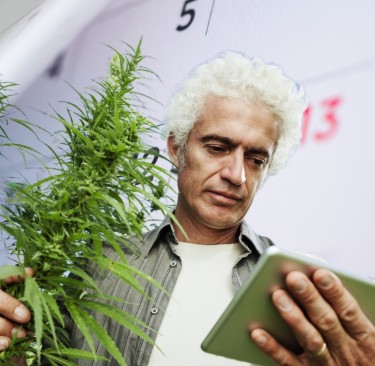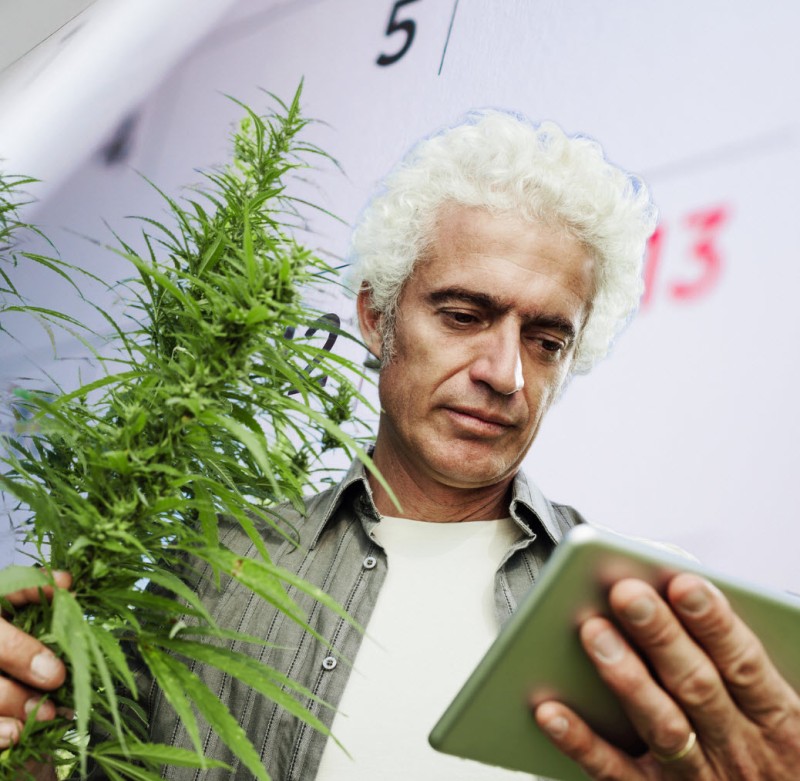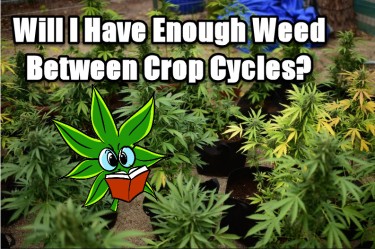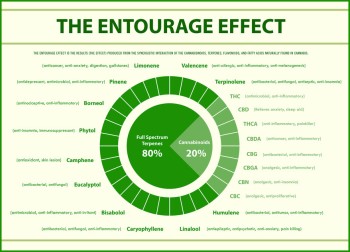
Why settle for one cannabis harvest a year when you can have multiple? Imagine having your own freshly harvested cannabis available whenever you want. Growers can achieve this by maintaining a year-round garden with a system called perpetual harvest. The concept involves harvesting small amounts of cannabis multiple times throughout the year, rather than one large batch annually. Depending on your setup, you could harvest every week, two weeks, a month, or at any interval you prefer.
To keep a steady supply, consider implementing a perpetual harvest system.
For personal growers, this ensures your stash is always stocked with fresh buds. For commercial growers, it means a consistent income and continuous employment for your team.
Perpetual harvests eliminate the waiting game, keeping you consistently busy without the stress of everything needing to be done all at once.
How to Harvest Cannabis Multiple Times Per Year
Attempting to grow cannabis plants as usual while aiming for multiple harvests will leave you tired and disappointed. You'll need to work smarter and harder to achieve more than one crop per year, with your budget playing a significant role.
The key to multiple harvests lies in manipulating the flowering and vegetative processes and reorganizing (and possibly expanding) your growing space.
You'll need ample room indoors or space for a greenhouse outdoors. Creating separate areas for seedlings, vegetative growth, and flowering is crucial. This separation ensures that the growing process for any set of plants isn't hindered.
Ready to get started? Great! Let's dive into how a perpetual cannabis harvest works.
Equipment and Supplies for a Perpetual Cannabis Harvest
To start your multi-harvest operation, you'll need the following:
Extra Growing Area/Tent
You'll need separate spaces for two groups of cannabis plants, each with different lighting schedules. This requires partitioning your growing area with a sturdy wall.
You can use one large grow tent or room, but you'll need to install a wall and a door for access between the spaces. One area will be dedicated to the vegetative stage and the other to flowering plants. The vegetative area can be smaller since those plants need less space compared to the flowering room.
Weaker Lights
Since you'll need a separate space with a different light schedule, you’ll need an additional set of lights. These don't have to be as powerful because vegetative phase plants require less intense light than flowering plants.
Light-Proofing Supplies
To prevent light pollution from affecting flowering plants, ensure their space is thoroughly light-proofed. Use materials like garbage bags, thick boards, or other opaque materials to block out unwanted light.
Humidity, Temperature, and Air Circulation Supplies
With more plants in your space, you must carefully monitor humidity, temperature, and air circulation. Overcrowding can lead to issues like mold infestations. Adding an extra fan, vent, and thermometer/hygrometer will help maintain a safe environment for your cannabis.
Setting Up Your Grow Area
Once you have all your supplies, it's time to set up your growing spaces.
Seedling / Vegetative Stage
Seedlings and veg-stage cannabis plants share the same light cycle requirements, so you can keep them in the same room. However, they should occupy different sections since they need different light intensities.
For seedlings, use small fluorescent T5 lamps placed directly overhead. These lamps should be on for 18 hours a day and off for 6 hours. This applies to clones as well, but clones also need heat pads underneath and humidity domes overhead.
Veg-stage plants need more powerful lights. While fluorescent T5s can work, metal halide (MH) or LED lights are preferable. Although MH and LED lights are more expensive and consume more electricity, they significantly boost yields, making them worth the investment.
Stage of Flowering
When your plants reach maturity, transfer them to a room with LED or high-pressure sodium (HPS) lighting. A 12-hour on/off cycle may be set on these lamps to replicate the seasonal variations in natural sunshine.
Furthermore, confirm that fans and vents are fitted to control temperature and humidity. An atmosphere that is conducive to healthy growth must have adequate ventilation.
Crop Rotation
The real art of a perpetual harvest lies in managing crop rotation effectively.
When your first set of plants enters the flowering stage, your work is far from over. You need to immediately prepare clones or newly germinated seeds to take their place in the vegetative space. This cycle depends on harvesting the first set of plants before the new plants are ready to begin flowering.
Timing is Everything
Before you start growing, choose seeds based on their flowering times. The vegetative phase of the second set of plants should last as long as the flowering phase of the first set. If the timing is off, the cycle will be disrupted.
Taking Clones and Planting Seeds
Timing is crucial when taking clones from your first set of plants. Generally, take clones from vegging plants about three weeks before harvest. For planting seeds, ensure they have enough time to germinate before moving into the vegetative space. This careful timing keeps your perpetual harvest running smoothly.
How Often Can You Harvest Cannabis Outdoors?
Now that you understand the process, you're likely crunching the numbers to determine how many harvests you can achieve in a year. The frequency largely depends on your growing space size, the number of plants, and various other factors.
Generally, growers who successfully execute the process can achieve at least two very healthy harvests. A third harvest is also feasible, but it requires significant energy and space. In theory, with optimal conditions including space, time, and equipment, you could potentially achieve up to six harvests a year!
Bottom Line
Cannabis farmers may produce their preferred plants year-round with perpetual harvesting, guaranteeing a steady supply of fresh buds. Growers may maximize their harvests and enjoy several yields throughout the year by using smart crop rotation, appropriate timing, and sufficient environmental control methods. Perpetual harvesting is a helpful practice for both professionals and cannabis aficionados, since it guarantees a consistent supply of high-quality cannabis, whether it is for personal use or commercial production.







